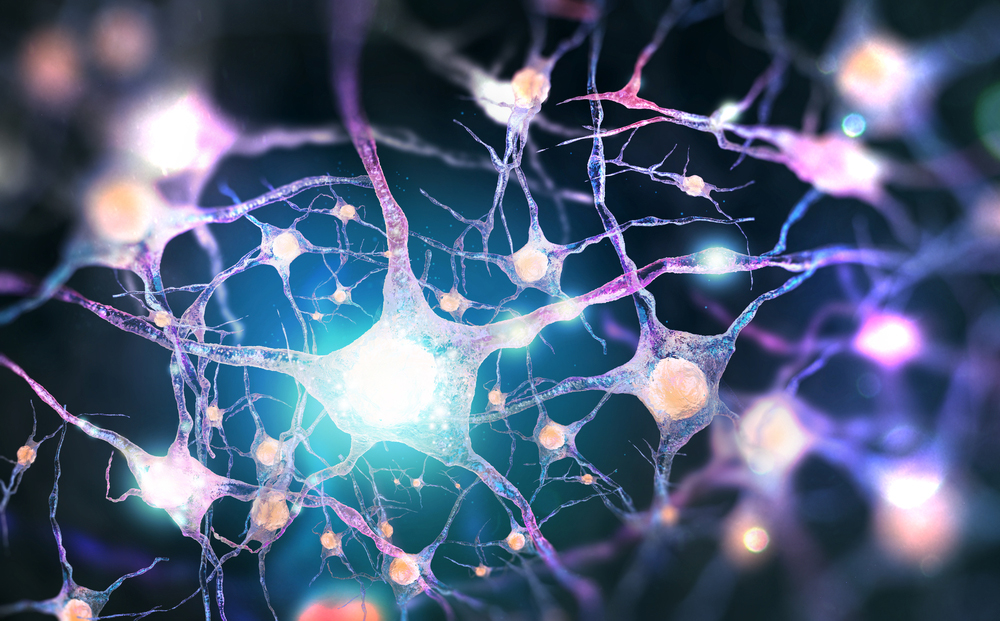WuXi NextCODE‘s AI group is helping to advance cutting-edge applications across the breadth of our platform and with partners across the life sciences. Recently, they put some of their toolkit to work supporting exciting work by our colleagues at Boston Children’s Hospital and Harvard Medical School. Together, they have generated sequence data of unprecedented accuracy from single neurons, and we’ve been able to help with the analysis and the discovery of some very compelling mechanisms underlying neurodegenerative disease. Kudos to the BCH and HMS teams and to our AI group on this latest collaborative publication. That report is described below and on our new WuXi NextCODE blog.
 WuXi NextCODE AI Team Helps to Draw Molecular Portrait of How Somatic Mutations May Contribute to Neurodegenerative Disease
WuXi NextCODE AI Team Helps to Draw Molecular Portrait of How Somatic Mutations May Contribute to Neurodegenerative Disease
- Boston Children’s Hospital and Harvard Medical School-led study in Science leverages WXNC expertise in feature selection and pathway enrichment
- Study shows how individual neurons accumulate mutations over time and how this process differs between normally aging people and those with early-onset disease
A study published yesterday provides the most direct and detailed picture to date of how single-letter mutations accumulate in the sequence of the DNA of neurons as we age, and how different this process looks in neurologically healthy individuals as well as those with early-onset neurodegenerative disease. Entitled “Aging and neurodegeneration are associated with increased mutations in single human neurons,” the study is published in the online edition of Science.
Led by scientists from Boston Children’s Hospital, Harvard Medical School, MIT, and the Howard Hughes Medical Institute, the study analyzed sequence data from 161 single neurons taken postmortem from 15 neurologically normal people, ranged in age from four months to 82 years, and nine individuals with early-onset neurodegenerative diseases, Cockayne syndrome and Xeroderma pigmentosum. A press release from Boston Children’s on the study and its impact is available here.
At a first level, this study utilizes important advances by the authors in techniques for accurately sequencing and reading mutations in the DNA of individual neuronal cells, a hurdle that has until now prevented directly testing the theory that such somatic mutations built up in neurons over time. With this data, the lead scientists were then able for the first time to observe directly in a substantial dataset the patterns of accumulation of somatic mutations in individual neurons in relation to age, region of the brain (in the prefrontal cortex and hippocampus), and disease state. From this they developed broad signatures for these three different types of variation.
The scientists’ next question was whether they could further tease apart the associational signature for early-onset disease to discover something further about the biological processes that were contributing to neurodegeneration. For that task, they called upon the expertise of their longtime collaborators at WuXi NextCODE’s Advanced Artificial Intelligence Laboratory. Tom Chittenden, WXNC’s vice president of statistical sciences, and Chandri Yandava and Pengwei Yang, senior bioinformatician and senior computational statistician, respectively, are co-authors on the study. They used techniques developed in our AI and deep-learning program to identify the most informative mutations from the vast original datasets, to map mutations onto the most informative genes, and to identify the biological pathways those genes are involved in.
“This extraordinary group, including Chris Walsh and Mike Lodato as well as their talented teams, has enabled us to take another step forward and to see better than ever before the progressive mutational burden in individual neurons,” said Tom Chittenden. “We’ve used our toolkit and functional enrichment models to identify the pathways being most impacted by these mutations. This has pointed the group to the importance of oxidative mutations affecting DNA repair and, particularly, in genes that are heavily transcribed.”
“What Tom’s group has done is helped us to model how, as the somatic mutation burden increases, the brain loses function. What we see is that the more genes are transcribed, the more likely they are to be damaged and lose function,” said Mike Lodato of Boston Children’s Hospital and Harvard Medical School, one of the six first authors on the paper. “At the same time, because genes interact through these pathways, linear increases in the number of mutations appears to lead to exponential loss of brain function. It is essentially a scenario of use it and lose it.”
The study authors note that the identification of these pathways and the apparently important role of oxidative mutations points to potential novel therapeutic approaches for neurodegenerative diseases. This study also paves the way for the group’s next challenge: to take these discoveries in severe early-onset neurodegenerative disease and apply them to improve our understanding of the mechanisms and pathways involved in other related conditions, including Alzheimer’s disease.
Tom Chittenden says this is a challenge that is going to call on his full arsenal of AI and deep-learning capabilities. “To address Alzheimer’s disease, we are looking not only at early-onset disease but at subtler phenotypes around mild cognitive impairment. We are going to have to bring in not just sequence data but also methylation data, mRNA, and many other data types. The results we are presenting today are a step in the right direction, however—going from association to causal inference models to identify dysregulated pathways involved in disease. This is how AI is going to help to provide novel understanding of disease and progression.”
